Quiz: Airspace classifications and rules
Flight Training Central
MARCH 10, 2025
To operate in Class D airspace, you must: Be in contact with ATC and have a clearance to enter. A temporary flight restriction (TFR) may be issued for: Areas around major sporting events below 3,000 AGL and within 3 nautical miles. Establish two-way radio communication with ATC. At least a commercial pilot certificate.

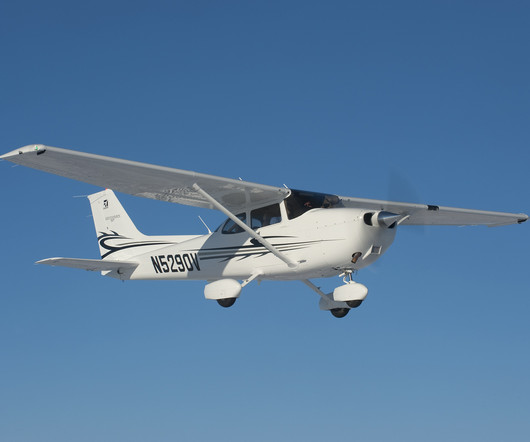



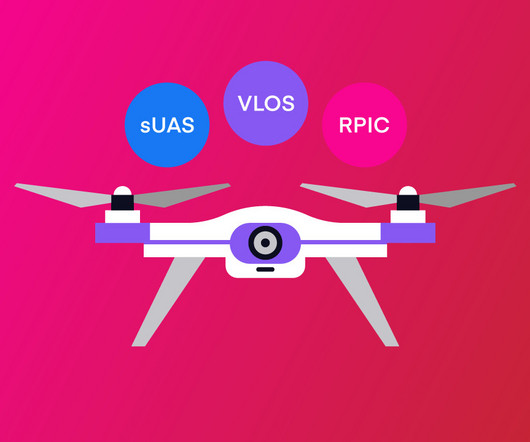

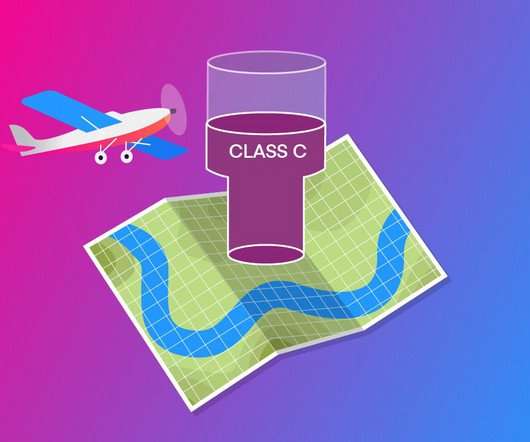
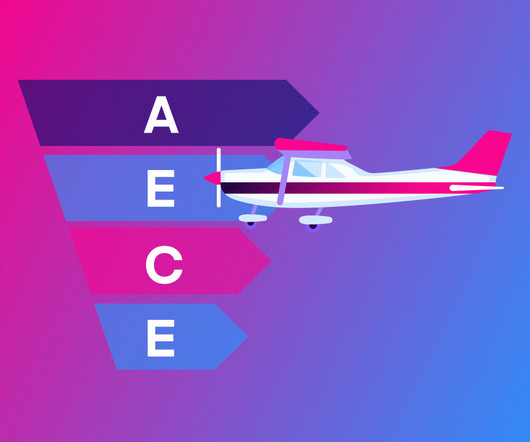
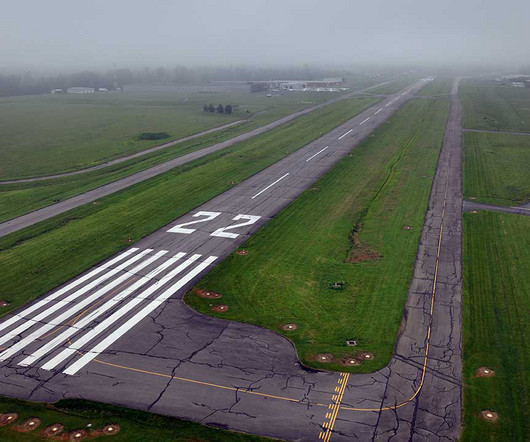

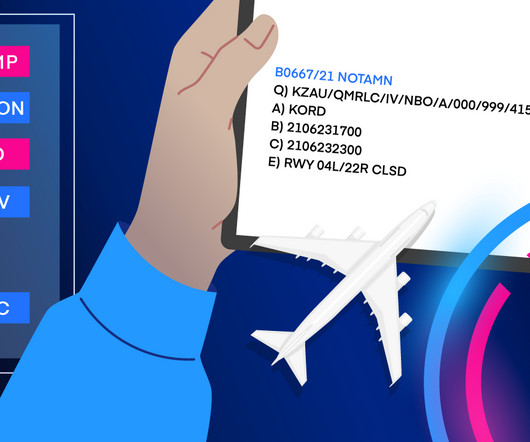



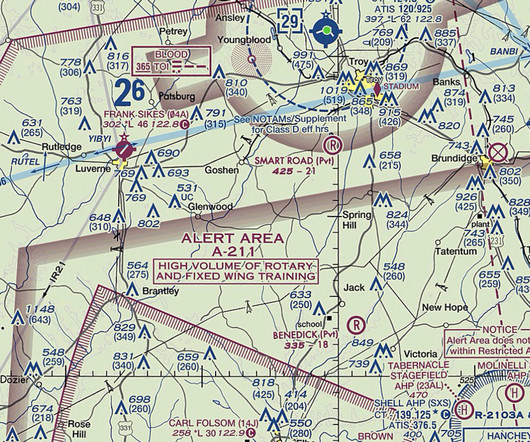







Let's personalize your content